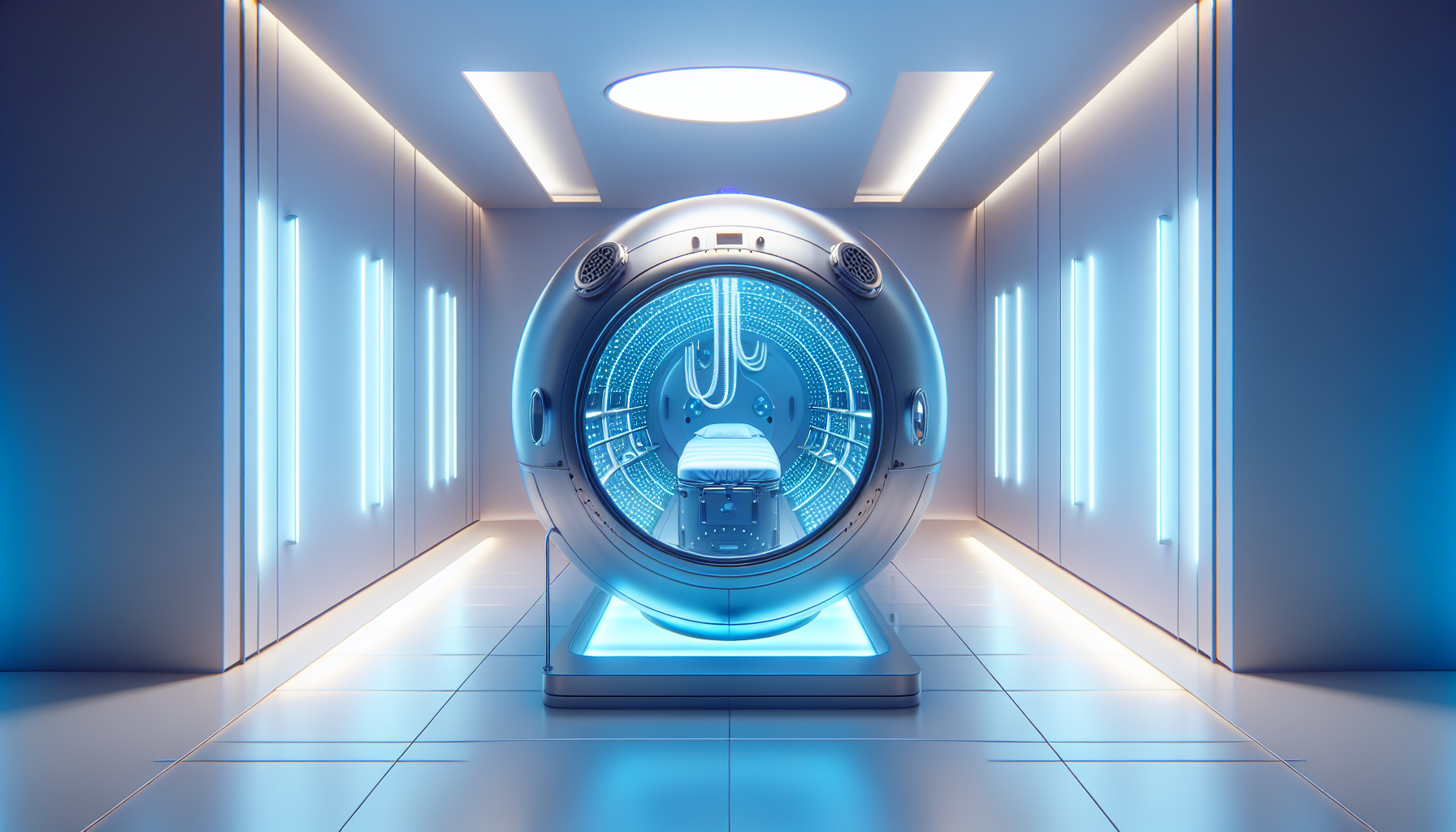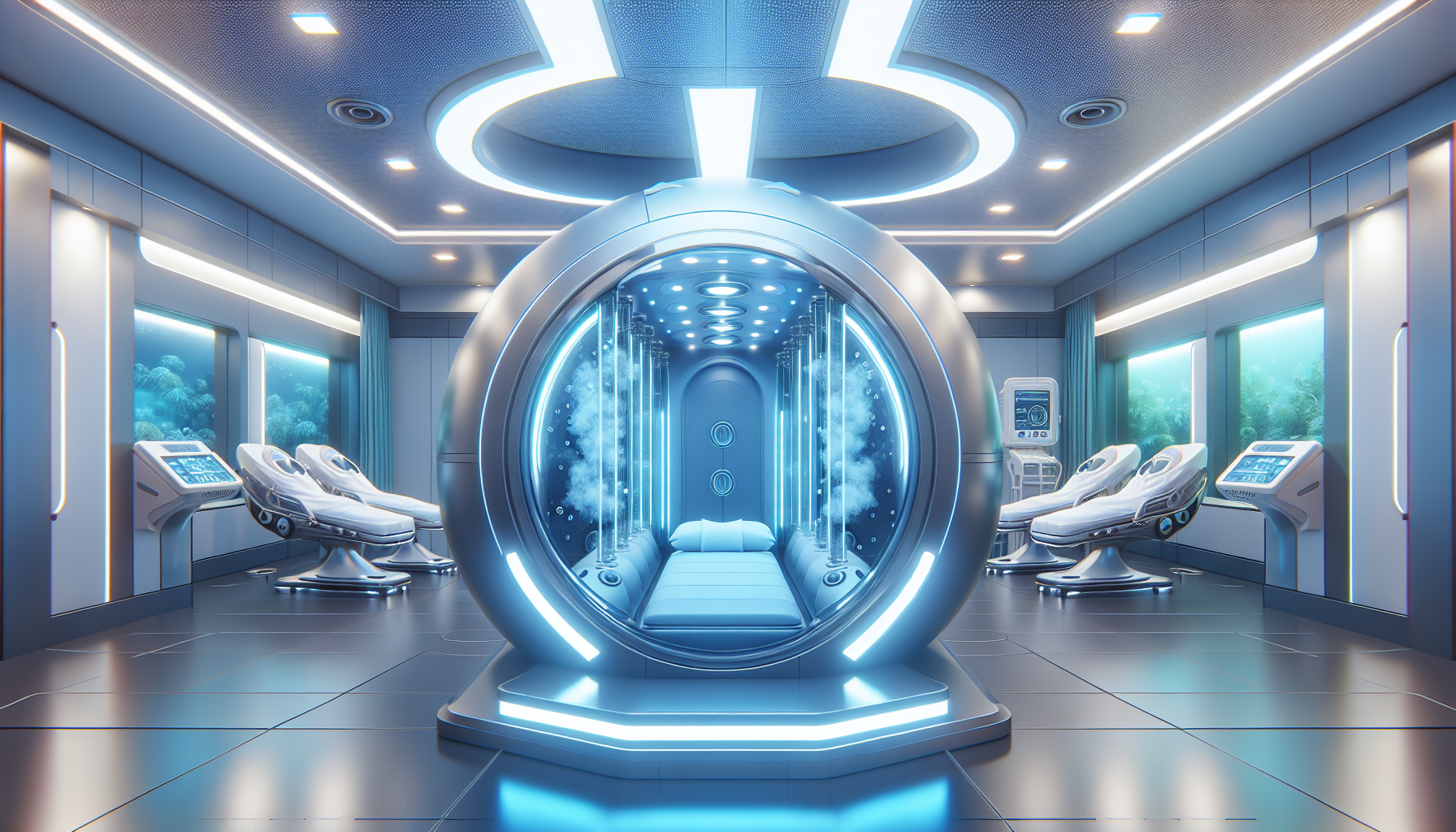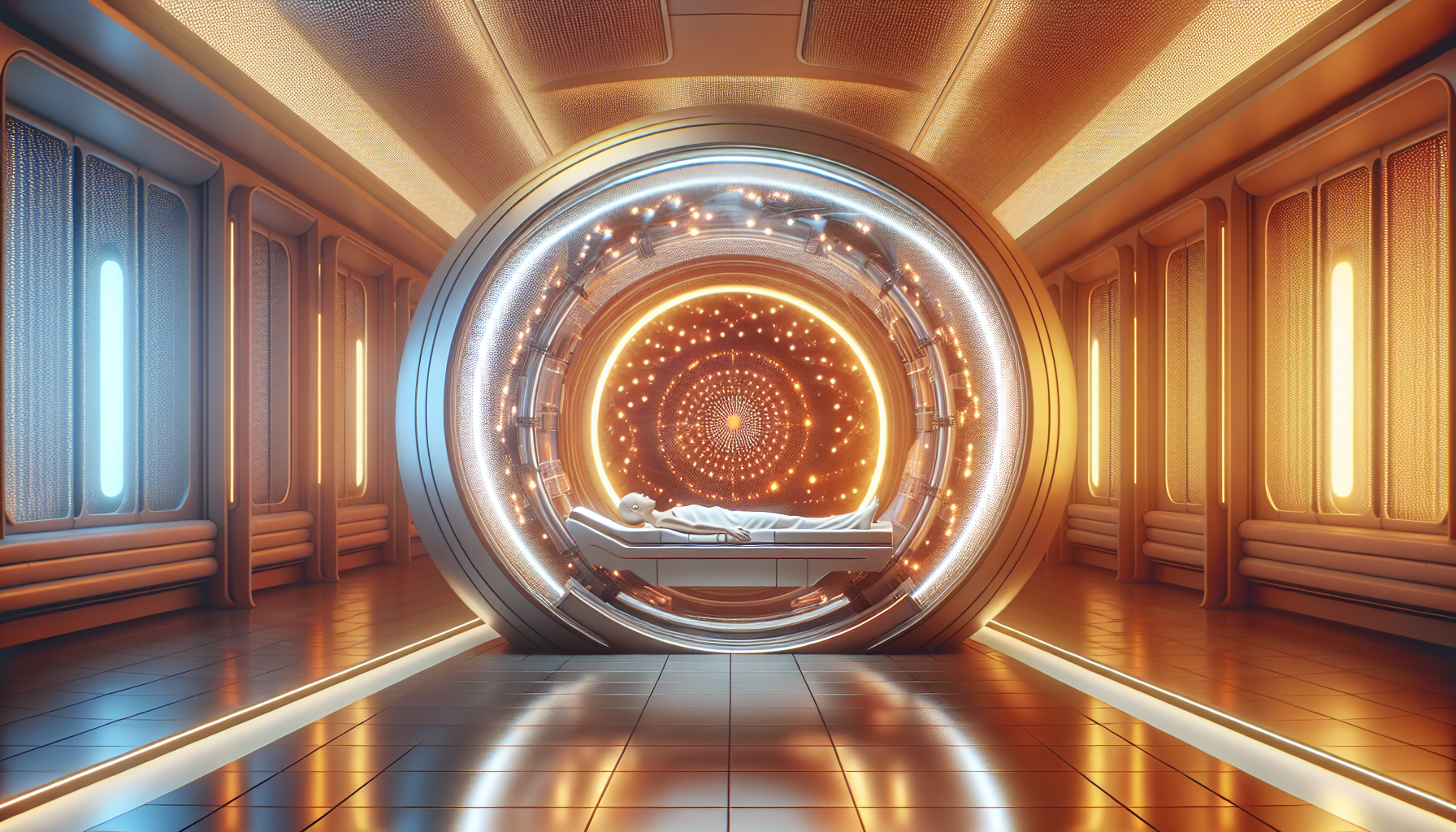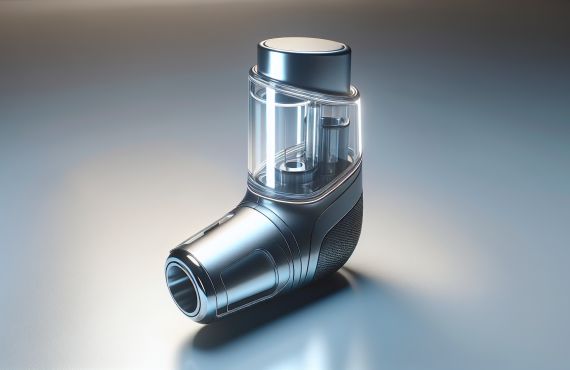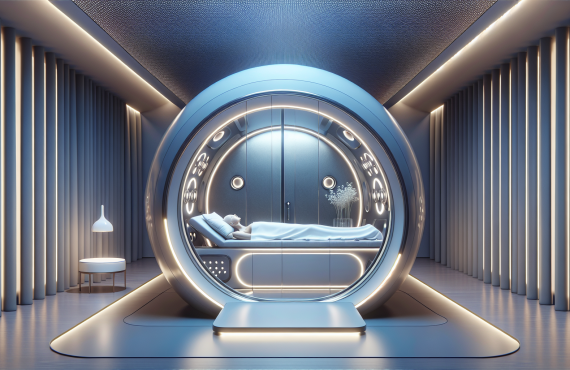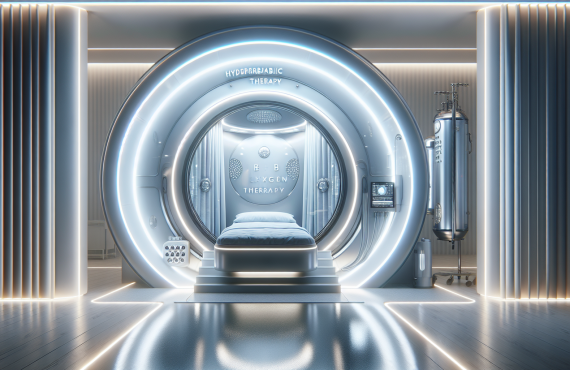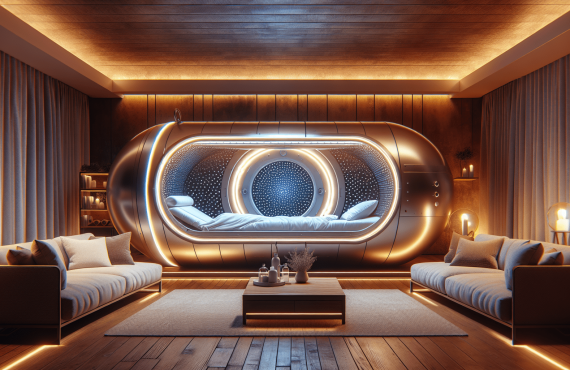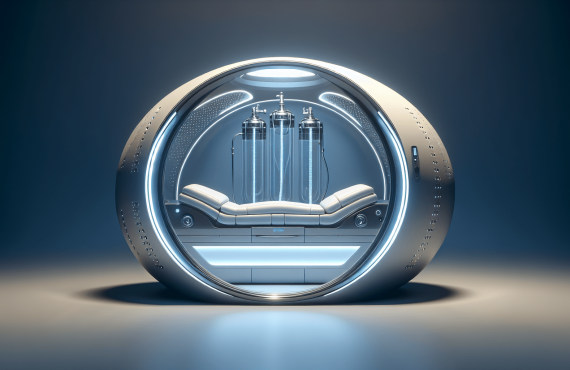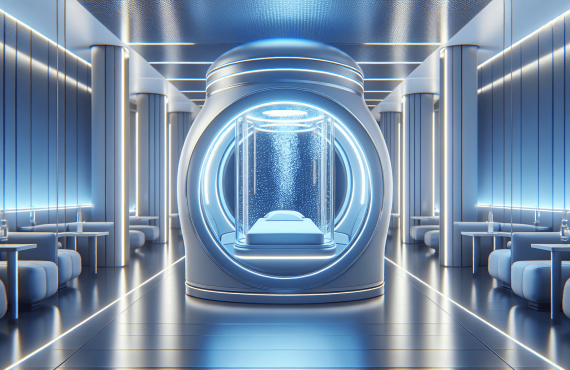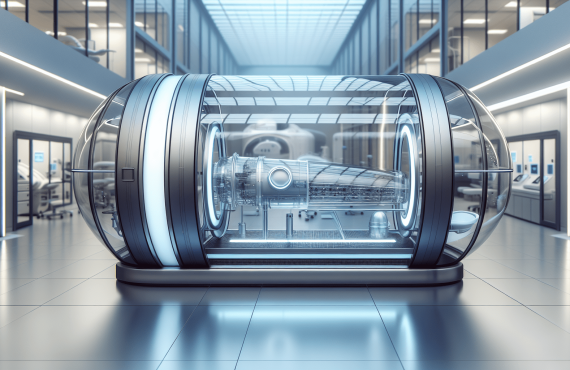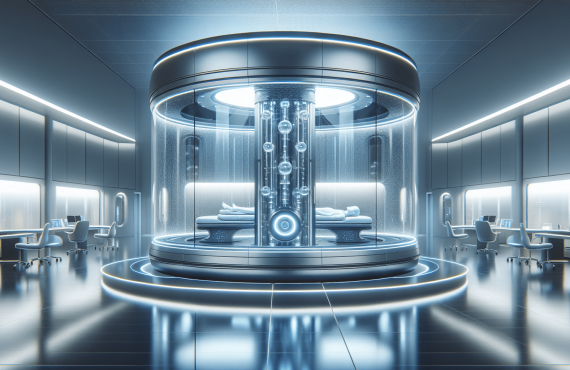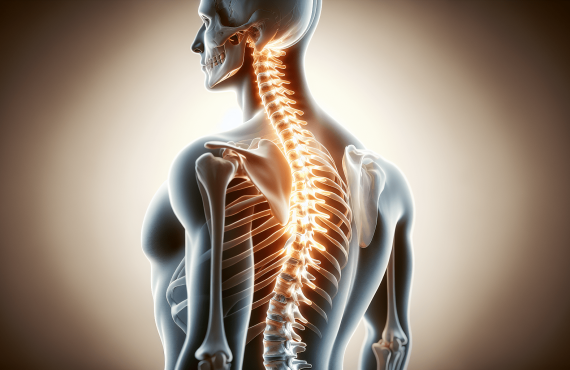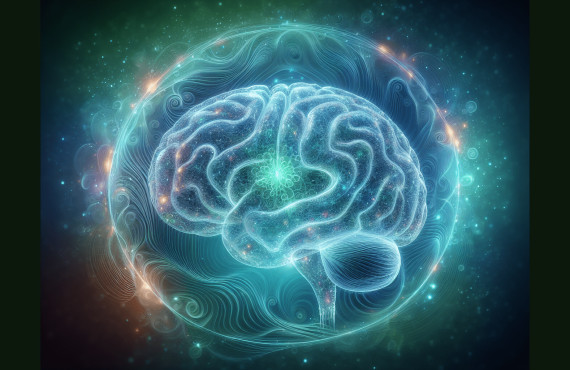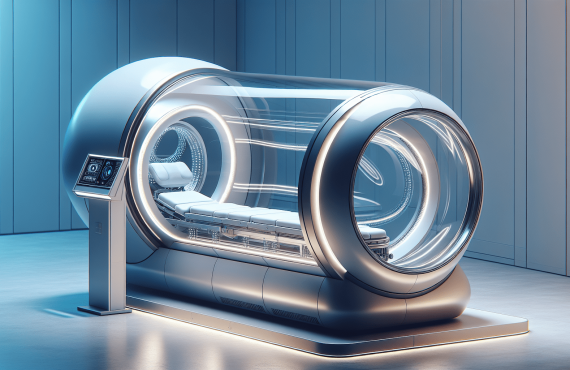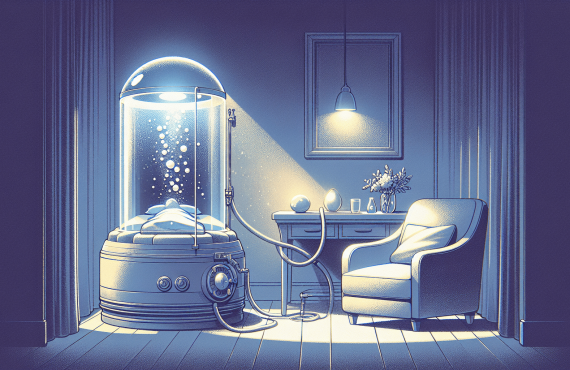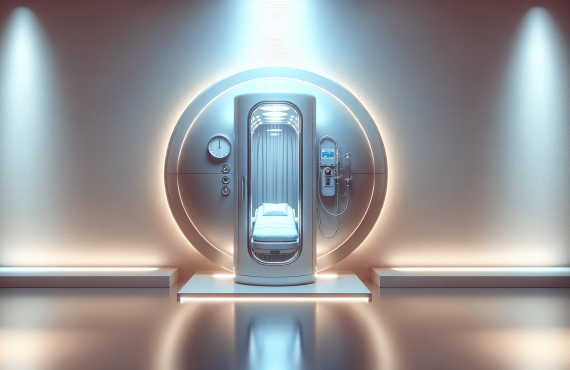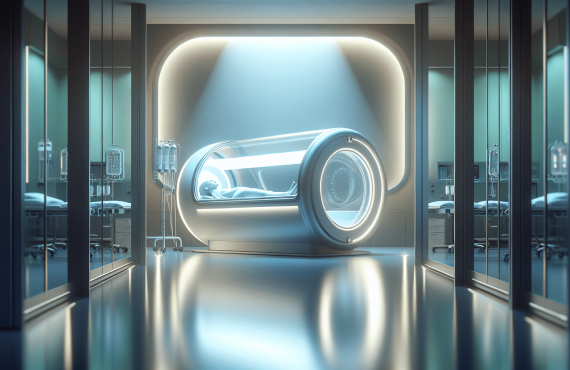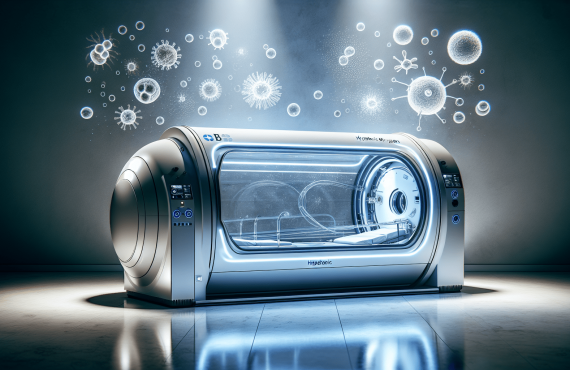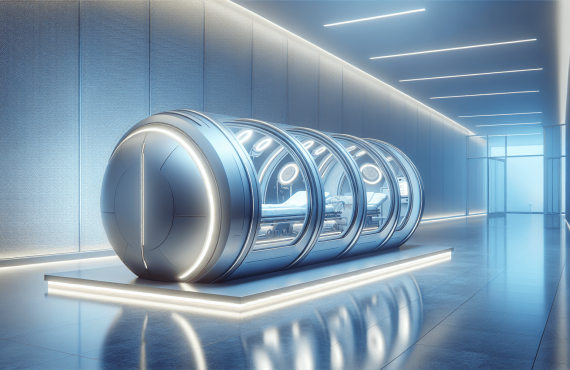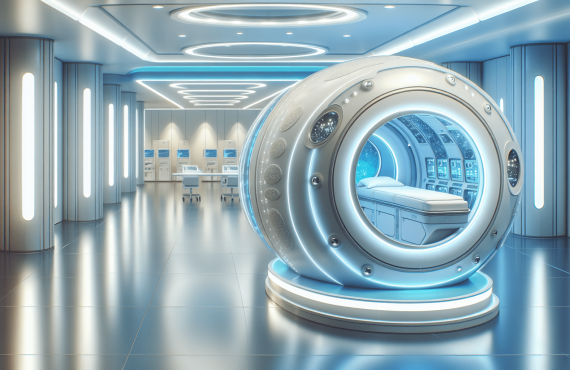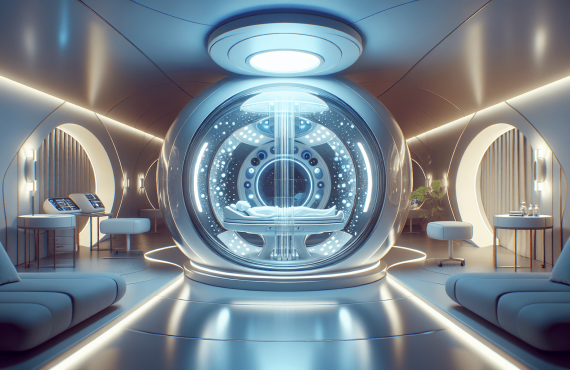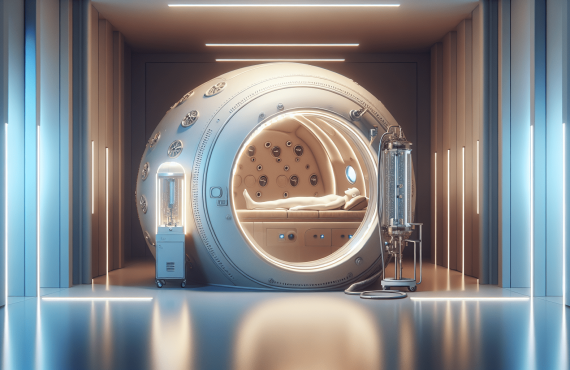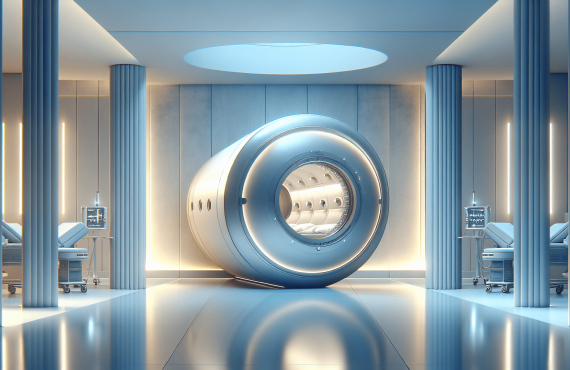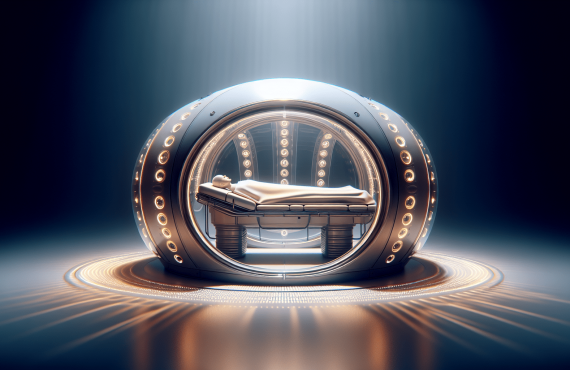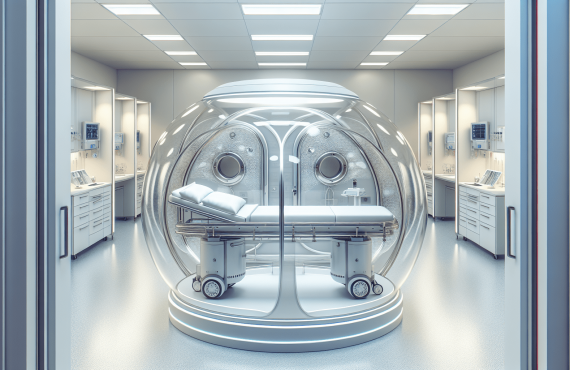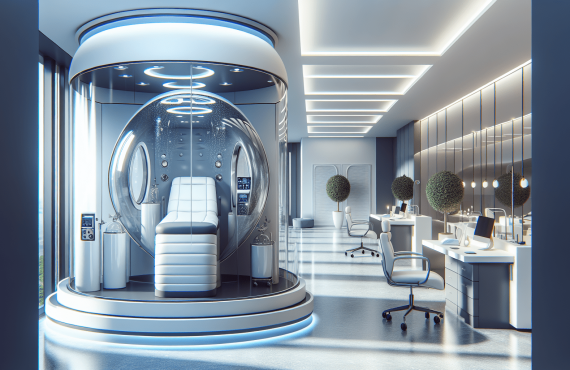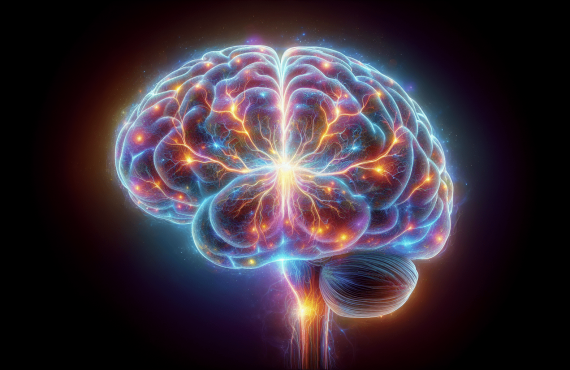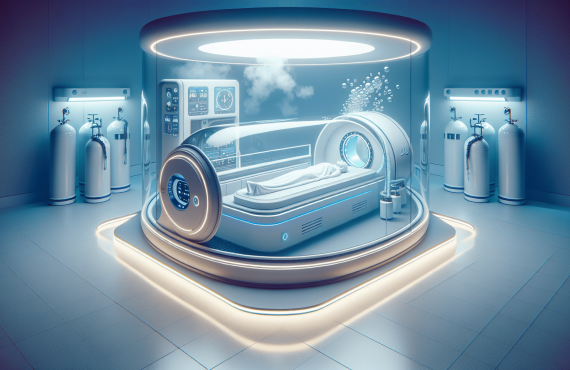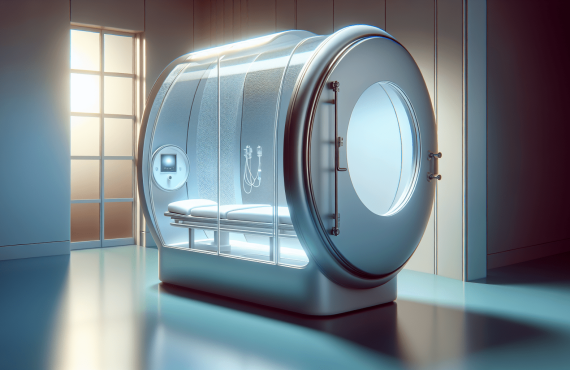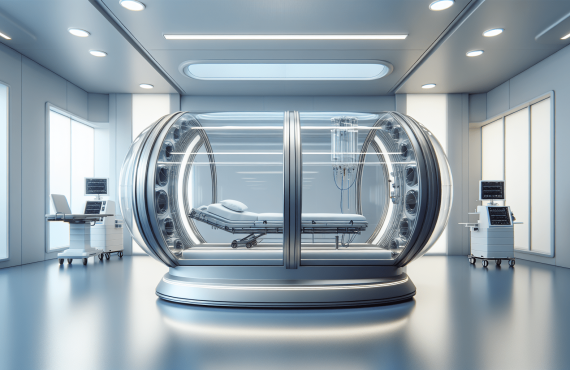Have you ever wondered about the magic potion that could slow down the tide of dementia? It might surprise you to learn that something as simple as oxygen could play a pivotal role in this battle. Hyperbaric Oxygen Therapy (HBOT) is an emerging treatment. In today’s discussion, let’s break down the benefits of HBOT for dementia. If you or a loved one is navigating through this challenging condition, exploring how this therapy works might just offer a ray of hope.
Table of Contents
Understanding Hyperbaric Oxygen Therapy
What Is Hyperbaric Therapy?
Hyperbaric Oxygen Therapy, also known as HBOT, might sound like something only astronauts would use. It’s a therapy where you breathe pure oxygen in a pressurized room or chamber. But don’t worry; there’s no need to leave Earth! By doing so, it increases both the pressure and concentration of oxygen in your body. This simple act can lead to numerous health benefits, almost like a much-needed nutritious meal for your cells.
How Hyperbaric Therapy Works
Under normal atmospheric conditions, your lungs do the everyday job of collecting oxygen and distributing it to your body’s various tissues through the bloodstream. However, when situated inside a hyperbaric chamber, the increased pressure leads to a spike in oxygen concentration within your blood. Think of it like an energy drink for your cells, except healthier and with no fancy flavors. This phenomenon allows oxygen to dissolve into your plasma more freely, reaching and nurturing areas that were previously malnourished.
Once this oxygenated blood makes its way to these deprived parts, exceptional changes occur. Like the turning of soil in a garden, it activates healing processes, boosts tissue repair, calms inflammation, and revamps your immunity like a personal bodyguard. New blood vessels, a process known as angiogenesis, start sprouting, aiding in wound and tissue recovery like little gardeners themselves.
Dementia and the Power of Oxygen
The Connection Between Oxygen and Dementia
Is oxygen good for dementia, you ask? It seems like a no-brainer—pun absolutely intended! Dementia, a broad term that covers conditions characterized by altered cognitive function, often shows changes in blood flow and oxygen levels in the brain. The oxygen you inhale plays a cardinal role in maintaining brain health. If the brain were a nightclub, oxygen would be the VIP guest it can’t function well without.
Potential Benefits of HBOT for Dementia
1. Improving Cognitive Function
HBOT has been shown to aid cognitive functions. Think of it as clearing the fog from a window. Once applied, tasks such as memory recall, attention, and decision-making start polishing up. For someone with dementia, this could mean piecing memories back together or being able to focus longer.
2. Enhancing Brain Activity
With HBOT, there’s an increase in neuronal activity. It’s like switching on dormant lights in a dim warehouse. This boost can potentially improve not just cognitive health but overall brain function.
3. Reducing Inflammation
Inflammation is a silent troublemaker in dementia. Like that friend who overstays their welcome, it can do more harm than good. Fortunately, HBOT reduces inflammation, which helps in managing dementia-related symptoms.
4. Promoting Angiogenesis
Angiogenesis, the formation of new blood vessels, can be likened to constructing new roads for better commutes within your brain. This effect allows more oxygen and nutrients to nurture brain tissues, essential for anyone dealing with dementia.
5. Slowing Disease Progression
Finally, HBOT may slow the progression of dementia. Picture it as hitting the brakes on a runaway train. Though it isn’t a cure, the therapy offers a fighting chance to reduce the tempo of cognitive decline.
The Role of Henry Chiropractic
Meet Dr. Craig Henry and Dr. Aaron Hixon
Located in Pensacola, Florida, Henry Chiropractic is a beacon for those wanting to enhance their health. Dr. Craig Henry, a prodigious chiropractor, enriches lives by addressing pain and promoting wellness through chiropractic care. His colleague, Dr. Aaron Hixon, is fueled by a passion for helping others, deeply intertwined with his practice. Both gentlemen continue to foster health and well-being in the community.
Henry Chiropractic extends its hand in offering guidance and services related to Hyperbaric Oxygen Therapy—vital for those curious about its implications on dementia. Do feel free to seek their expertise.
Address:
Henry Chiropractic
1823 N 9th Ave
Pensacola, FL 32503
(850) 435-7777
Visit Henry Chiropractic
Diving Deeper into HBOT and Dementia
Understanding the Types of Dementia
Dementia is not just a one-size-fits-all label; it encompasses various types like Alzheimer’s disease, vascular dementia, Lewy body dementia, and more. Each type shares the common theme of cognitive impairment but differs in how it affects individuals.
Alzheimer’s Disease
Alzheimer’s is the most recognized form of dementia, involving memory loss and confusion. It’s like looking at an old photo where faces are forgotten. HBOT not only aids in reducing these symptoms but also makes life a bit more navigable.
Vascular Dementia
This type arises from reduced blood flow, like traffic that struggles to reach its destination. Enhanced blood vessel formation from HBOT ensures smoother rides for nutrients and oxygen.
Lewy Body Dementia
Hallucinations and attention lapses define Lewy Body Dementia, as though you’re daydreaming without control. Through HBOT, the revitalization of brain tissues helps curb these symptoms.
FAQs
1. How long is a typical HBOT session?
A typical HBOT session can last between 60 to 90 minutes, providing enough time for oxygen to work its magic in your bloodstream.
2. Are there any side effects of HBOT?
While generally safe, some may experience ear discomfort, fatigue, or lightheadedness. It’s like adjusting to altitude changes on a plane trip—qualms that improve over time.
3. Who should avoid HBOT?
Those with specific medical conditions like compromised lungs, optic neuritis, or a recent ear surgery should consult their doctor before considering HBOT. It’s always key to align therapy with personal health needs.
4. How many sessions are needed for improved results?
The number of sessions can vary; however, a typical cycle may include 20 to 40 sessions. It’s like a health marathon rather than a sprint.
5. Can HBOT be used alongside other dementia treatments?
Absolutely! HBOT often partners with existing treatments, akin to a suitable side dish enhancing the main course. It’s important to embrace a comprehensive approach.
Combining Therapies for Optimal Health
Pairing HBOT with Other Treatments
Furthermore, combining HBOT with lifestyle changes can enhance its efficacy. Incorporating a balanced diet, regular exercises, mental activities like puzzles, and social interactions could enrich a person’s journey with dementia.
Seeking Professional Guidance
The world of medicine is vast, and it is always beneficial to seek advice from healthcare professionals. Discussions with trusted doctors ensure a rightful path is embarked upon.
Wrapping Up the Conversation
The narrative of dementia is challenging yet hopeful. Understanding how something as fundamental as oxygen can contribute to alleviating symptoms is remarkable. Whether you’re considering Hyperbaric Oxygen Therapy or other treatments, remember that it’s about achieving quality of life.
Real-life superheroes like Dr. Craig Henry and Dr. Aaron Hixon at Henry Chiropractic are ready to assist on your healthcare journey. Choosing HBOT could be your gateway to turning hope into action and improving day-to-day life with dementia.
May you find clarity, compassion, and encouragement in your quest for better health. Remember, every breath counts toward creating a brighter, healthier tomorrow.













